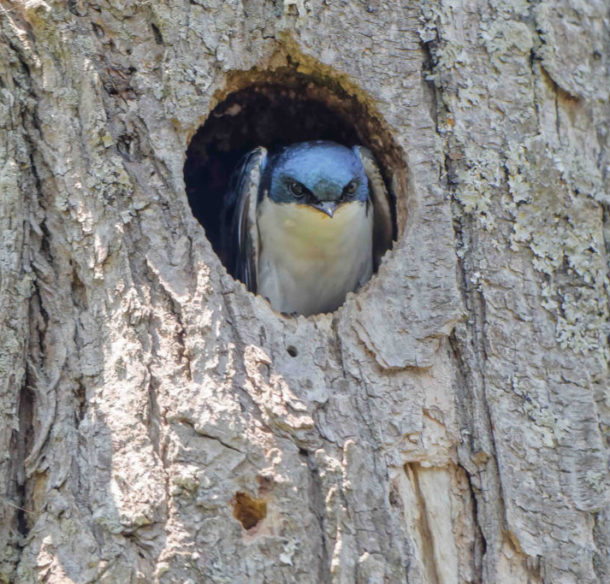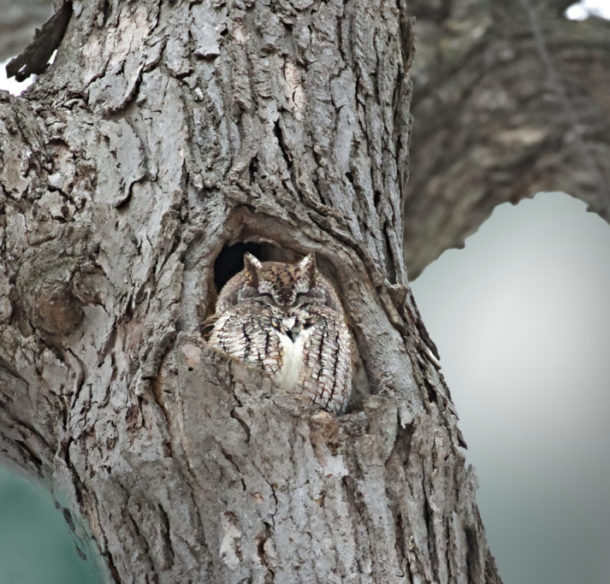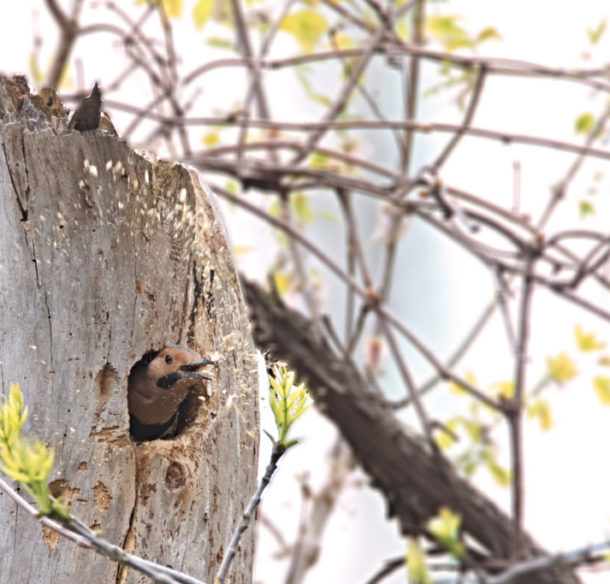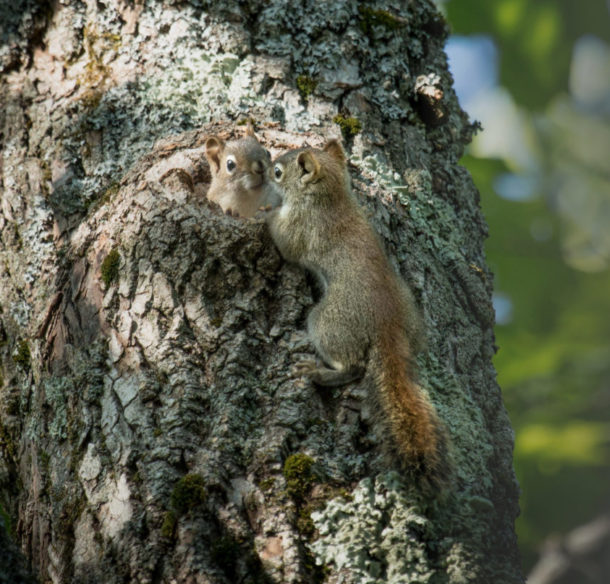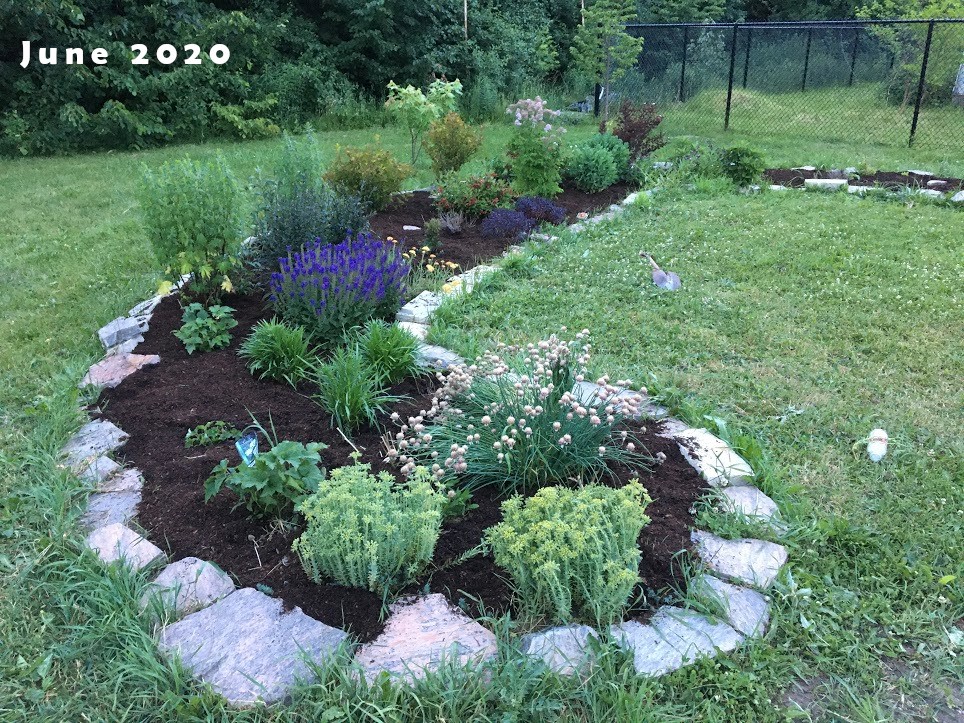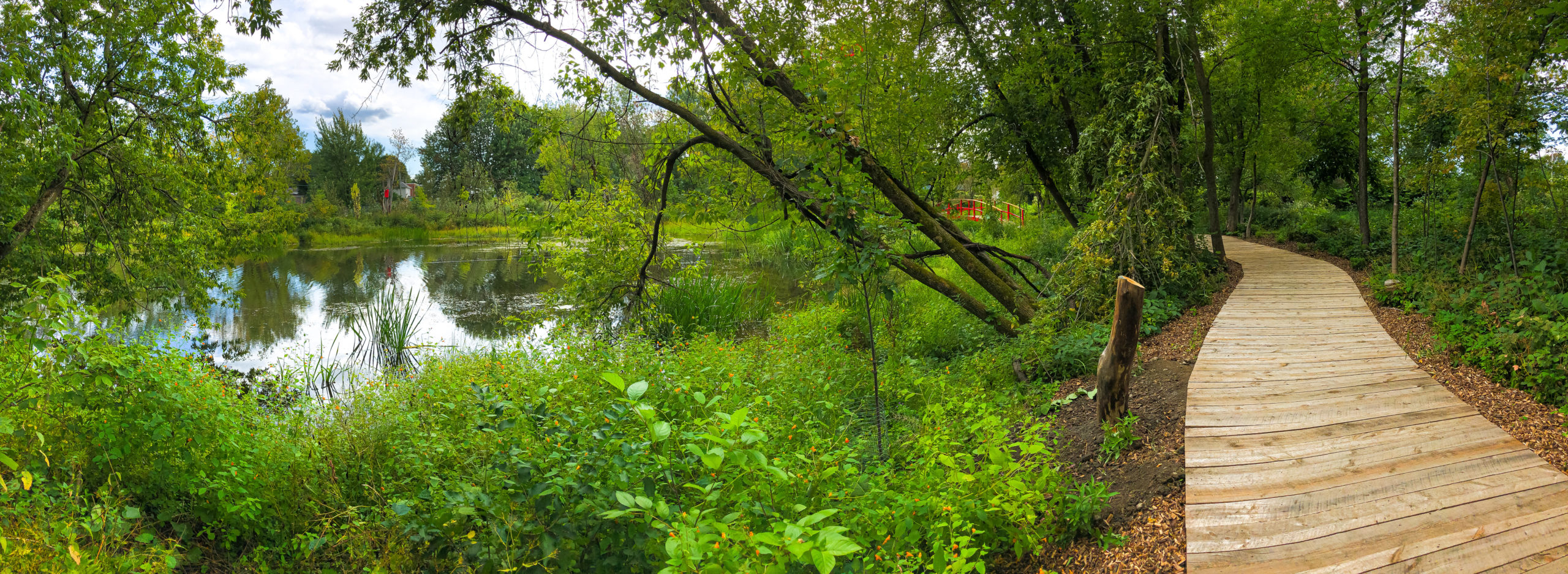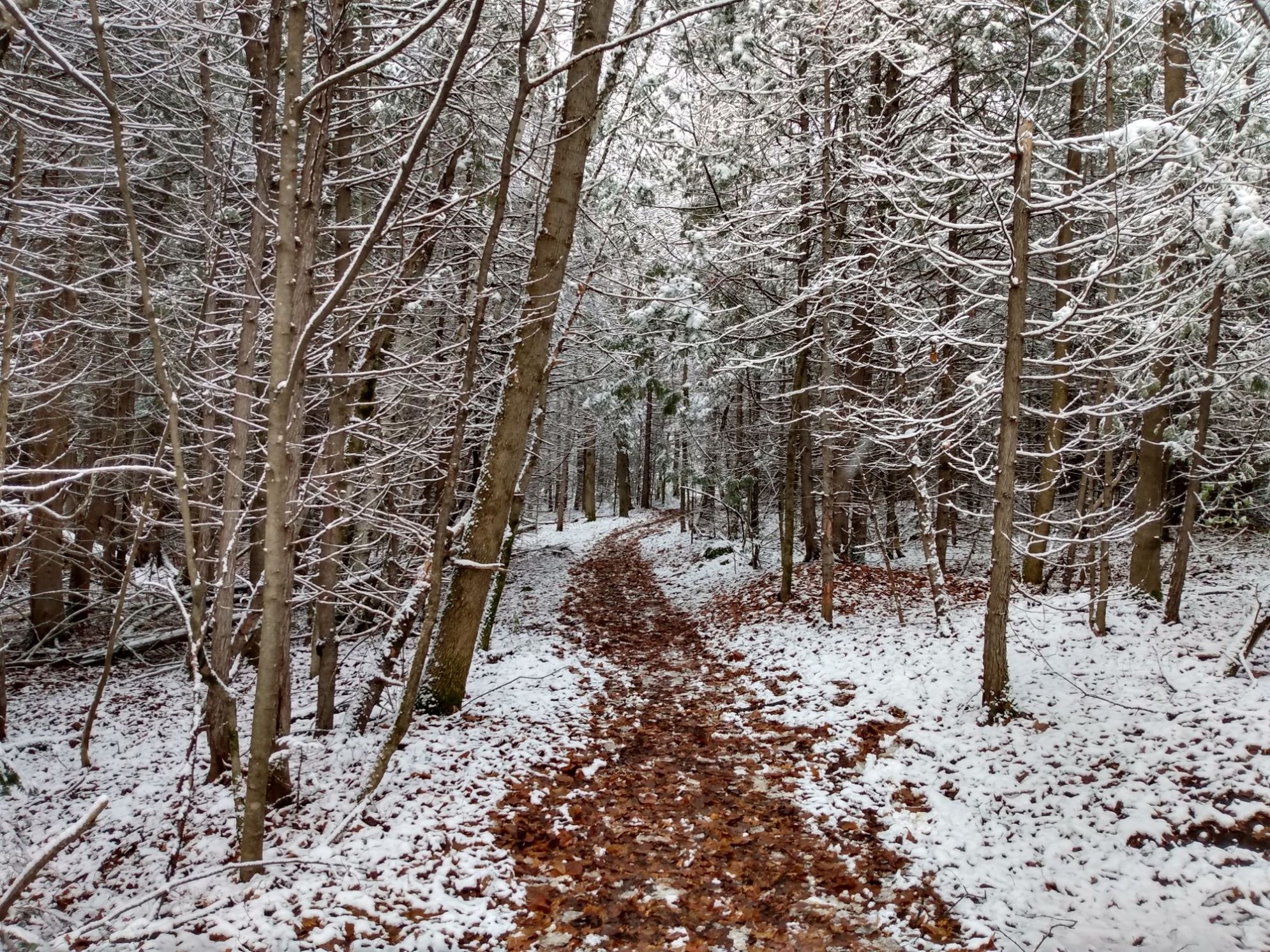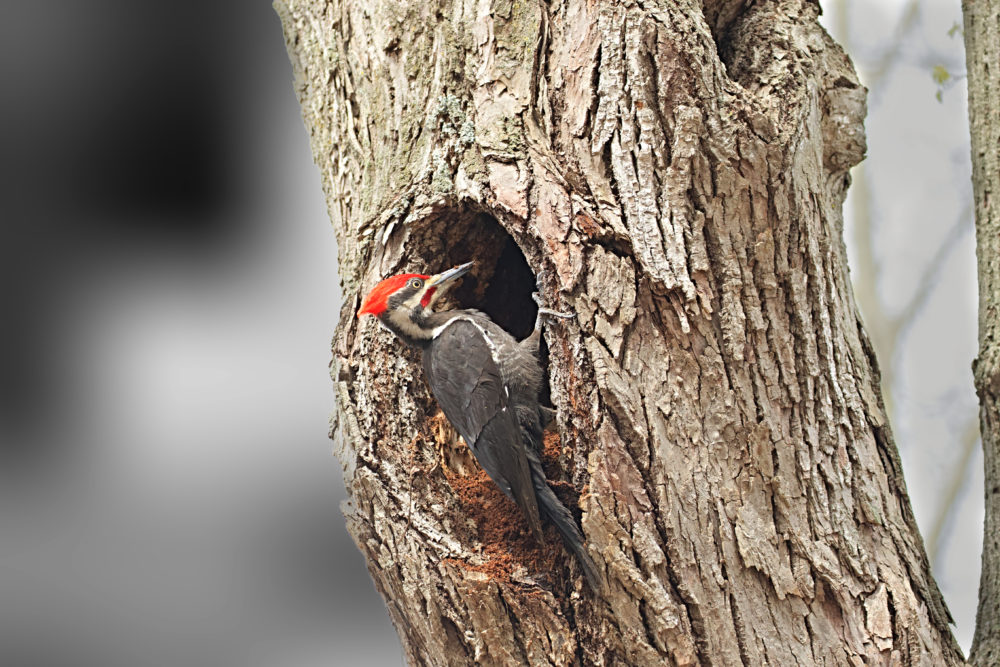
Wildlife tree conservation in nature parks
Wildlife tree conservation in nature parks
At the heart of the nature parks’ landscapes, one can observe the presence of dead or declining trees as well as tree trunks, tree stumps, and stacks of branches. Visitors might be surprised by the sight of these structures, but several animal species depend on woody debris and snag trees, which we call wildlife trees, that provide food, perches, shelters, and nesting sites.
The City conserves as wildlife trees some naturally declining or dead trees, by leaving in place parts of their main branches, while ensuring safety. A variety of tree species, of different sizes, diameters, and declining stages, is conserved to create micro-habitats and enhance biodiversity. Woody debris can be generated naturally by falling trees or be derived from arboricultural work carried out for security reasons near park trails and other areas commonly used by the public like picnic areas.
Wildlife trees and woody debris can be used by animals for several decades before returning to the ground in the form of organic matter. In fact, birds nesting in wildlife tree cavities account for one fifth of all nesting birds in nature parks, which represents about twenty species including the wood duck as well as various woodpeckers and birds of prey. Mammals such as squirrels, voles, and raccoons also use wildlife trees. Several insects, as well as amphibians, reptiles, birds, and mammals use woody debris at one point or another during their life cycle.
Live trees, snag trees and woody debris, all have important and complementary roles to play in the protection of forest biodiversity. This initiative is related to Montréal’s Ecosystem Management Program

